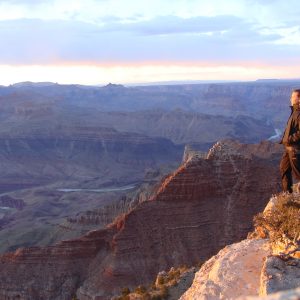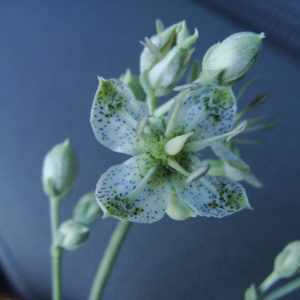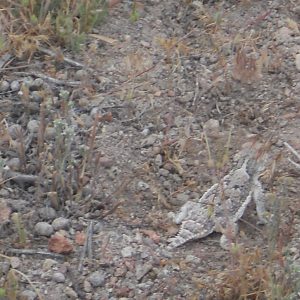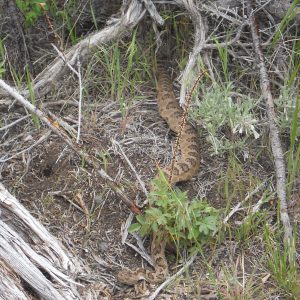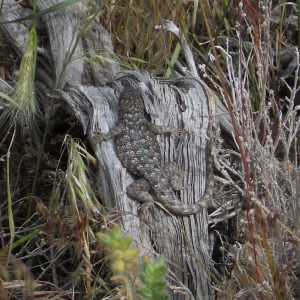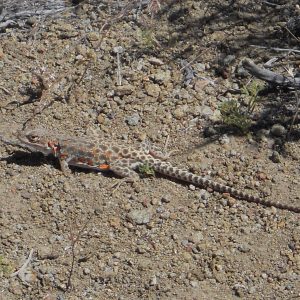After a long drive from New York, my brother and I debated whether or not we were seeing clouds or ice on the distant mountains. As we made our way west through the Powder River basin into Buffalo Wyoming, it became apparent. A beautiful backdrop of immense snow capped mountains surrounds me every day as I ride my bike to work. It may be 85 degrees in the basin, but after a short drive into the Bighorn Mountains, snow stacked twelve feet high lines each side of the road. I am constantly filled with awe as I explore the region and new environment.
Recently I have been getting a feel for the lay of the land, and learning to fly fish (have not caught anything yet!). My work at the BLM field office seems to be getting increasingly interesting every day. I have been learning a great deal about the general ecology of the area, ArcGIS, hydrology techniques, and the oil and gas industries and related environmental issues of the region.
My internship pertains to the coal-bed natural gas extraction which is taking place on a large scale throughout the Powder River Basin. In order to extract coal-bed natural gas, wells must be drilled and large quantities of water pumped from the ground to release pressure from the system and allow the gas to rise and be collected. The large volume of water which is removed from deep underground present a variety of environmental issues. Large pools called “impoundments” have been scattered throughout the basin to store this water. I will be analyzing the state of these impoundments by sampling the water and sediments, checking vegetation, and looking for flaws and seeps in the pools. After a detailed investigation of the impoundments it will be possible to assess their environmental impact. If the impact is significant we may be able to force the gas companies to reclaim the impoundment. By reclaiming the site the companies would have to restore the land to as close to natural conditions as possible.
It is vital to recognize the importance of the energy industry, and to understand the many benefits of natural gas. However with the strong presence of the gas industry and its immense effect on the landscape within the Powder River Basin, it feels good to be personally doing something which places the environment first.






